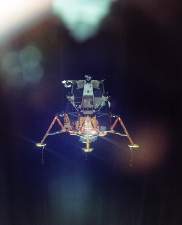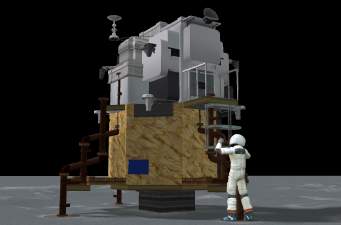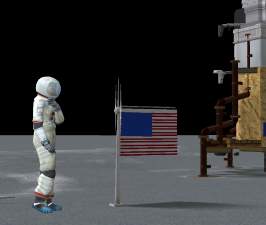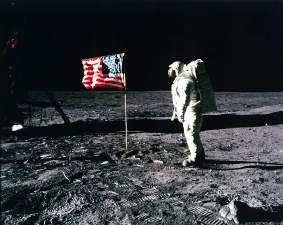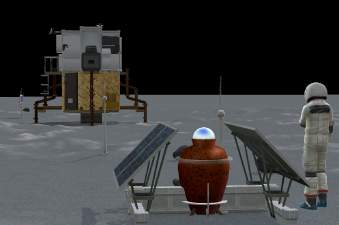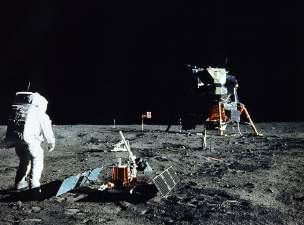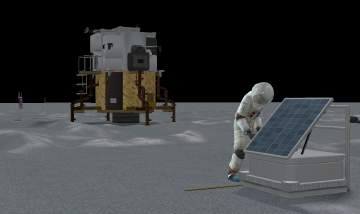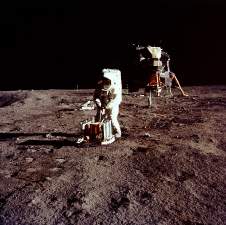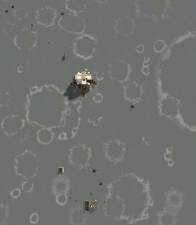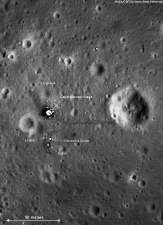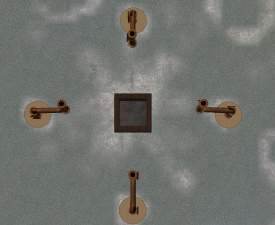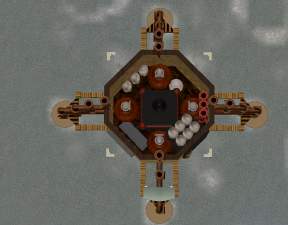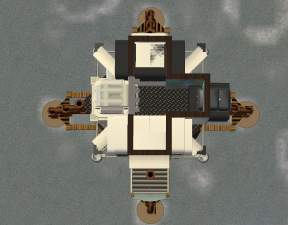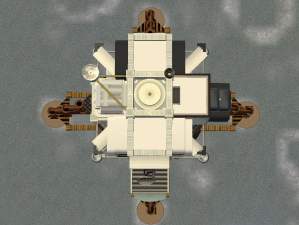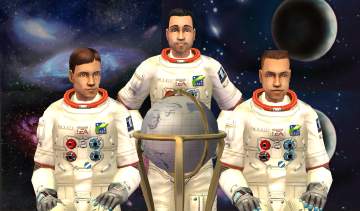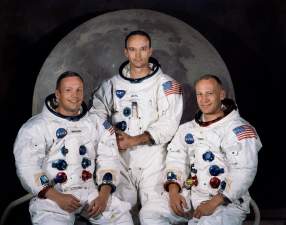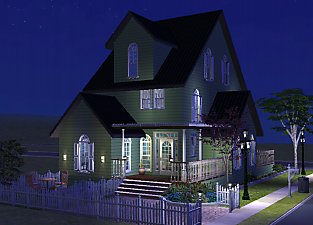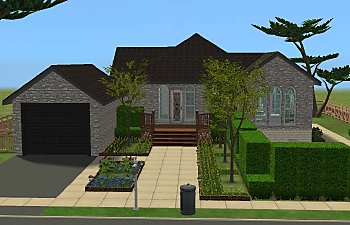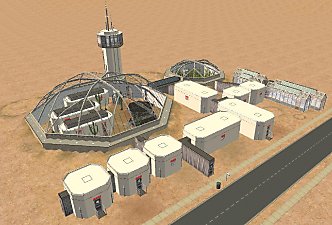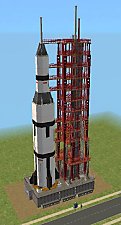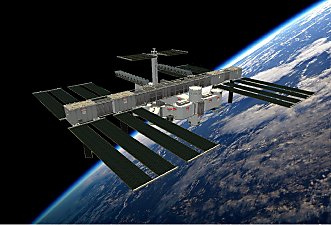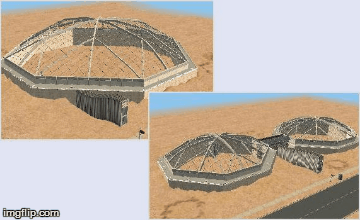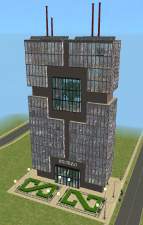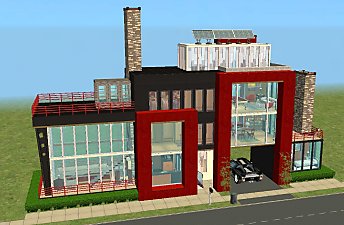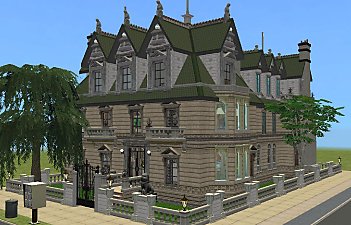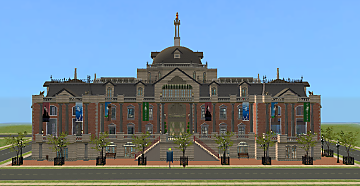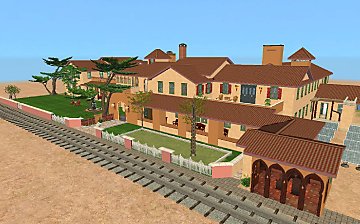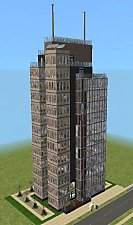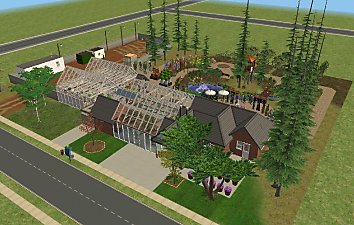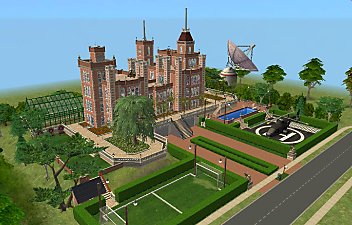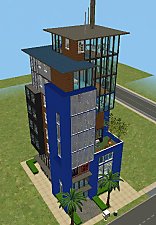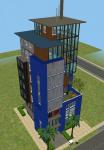 Apollo 11 - Tranquility Base - NO CC
Apollo 11 - Tranquility Base - NO CC

TB Prof.png - width=1246 height=923

LEM from CSM.jpg - width=646 height=800

TB One Small Step.png - width=1543 height=1018

TB Salute.png - width=995 height=841
.jpg?cb=1564348910)
TB Salute (real).jpg - width=800 height=637

TB Seismic Experiment and LM.png - width=1537 height=1019
.jpg?cb=1564348910)
TB Seismic Experiment and LM (real).jpg - width=800 height=592

TB LRRR.png - width=1714 height=1020
.jpg?cb=1564349210)
TB LRRR (real).jpg - width=700 height=696

TB Overview.png - width=865 height=993
.png?cb=1564349210)
TB Overview (real).png - width=580 height=800

TB LM 1st Level.png - width=1239 height=1015

TB LM 2nd Level.png - width=1306 height=1019

TB LM 3rd Level.png - width=1300 height=1015

TB LM Roof.png - width=1347 height=1013

Apollo 11 Press Photo.png - width=1733 height=1018
.jpg?cb=1564349277)
Apollo 11 Press Photo (real).jpg - width=946 height=743




.jpg?cb=1564348910)

.jpg?cb=1564348910)

.jpg?cb=1564349210)

.png?cb=1564349210)





.jpg?cb=1564349277)
|
Many years ago the great British explorer George Mallory, who was to die on Mount Everest, was asked why did he want to climb it. He said, "Because it is there." Well, space is there, and we're going to climb it, and the moon and the planets are there, and new hopes for knowledge and peace are there. And, therefore, as we set sail we ask God's blessing on the most hazardous and dangerous and greatest adventure on which man has ever embarked. |
Astronauts Neil Armstrong, Michael (Mike) Collins, and Edwin (Buzz) Aldrin lifted off from Cape Canaveral, Florida, atop the massive Saturn V early in the afternoon of July 16, 1969. Most of the enormous rocket served just to get the astronauts and spacecraft into Earth orbit, only the small third stage being needed to actually send the spacecraft on its way from Earth orbit to Lunar orbit. After the third stage of the Saturn V fired to accelerate the spacecraft out of Earth's gravity well and towards the Moon, the attached cone-shaped Command Module "Columbia" and cylindrical Service Module (jointly referred to as the CSM) uncoupled from the Saturn V booster, turned around, and docked with the Lunar Module "Eagle" (LEM). The attached spacecraft then traveled away from Earth and toward the Moon for approximately 3 days, until the CSM main engine was fired to slow the spacecraft and bring it into Lunar orbit.
At this point, leaving Mike Collins behind to operate the Command Module, Neil Armstrong and Buzz Aldrin entered the two-person Eagle, floating through a tunnel connecting the CSM and LEM spacecraft. Once all systems were checked and the astronauts received the go-ahead from Mission Control in Houston, the tunnel was sealed and the two spacecraft undocked from one another. From Columbia, Collins verified that the exterior of the LEM was in the proper configuration for lunar landing, with landing struts extended, and then the LEM descent engine was fired, sending the craft gradually towards the lunar surface.
Initially flying sideways relative to the Lunar surface, the LEM was gradually slowed until the astronauts inside could take control and pilot it directly, bringing it upright in preparation for landing. Relying on the descent engine and reaction control systems for piloting the spacecraft, Armstrong and Aldrin gradually descended towards their planned landing site in the Sea of Tranquility. Once close enough to visually observe the site however, Armstrong realized that rather than the smooth, empty plain expected from earlier reconnaissance photos, the landing site was littered with large boulders, and the Lunar Module would be unable to land safely. Armstrong continued to pilot the spacecraft beyond its initial landing site, hoping to find a more suitable place to set down before they ran out of fuel and were forced to abort.
Seeing a more open space ahead, Armstrong gradually began to descend, with Aldrin providing updates and necessary information. The amount of fuel available to the spacecraft was quickly being depleted, and when Armstrong realized that his second landing site had a large crater that would once again pose a threat to the Eagle, forcing him to once again search for a new landing site, there was estimated to be only 90 seconds of fuel remaining before an abort would be absolutely necessary. The third and final location proved clear enough to attempt a landing, and Armstrong slowly guided the LEM downwards. The spacecraft was now low enough to be kicking up dust from the Lunar surface, distorting the field of view, but a warning light alerted Aldrin when one of the 67-inch contact probes hanging from the LEM footpads made contact with the surface. Three seconds later, the Eagle touched down and Armstrong deactivated the descent engine.
| Houston, Tranquility Base here... the Eagle has landed. |
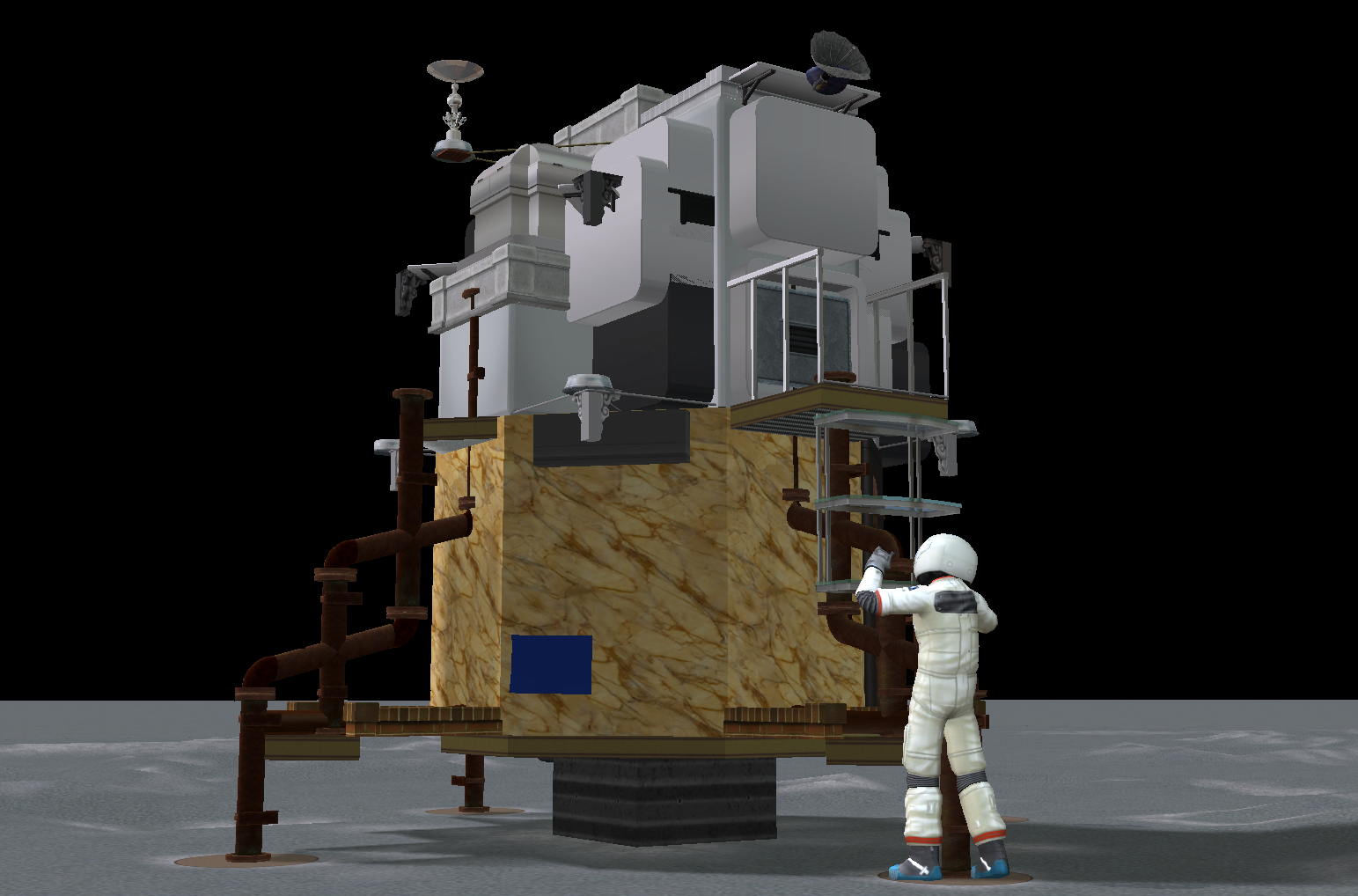
Later analysis would show that the LEM had less than 60 seconds of fuel remaining upon landing, and in Houston, CAPCOM Charlie Duke commented that "You got a bunch of guys about to turn blue... We're breathing again!"
The crew could not immediately exit the LEM for their Extravehicular Activity (EVA), however. A full slate of system checks had to be done before they could even be sure that it was safe to remain on the Lunar surface, and that it would not be necessary to immediately abort and return to Collins and the CSM in Lunar orbit. Once both the astronauts and Mission Control were satisfied that they could remain on the Lunar surface, there was also a 5-hour period scheduled for the astronauts to sleep(!), but they received permission from Houston to begin preparations for their EVA instead, as all were in agreement that they would be unable to sleep in such a situation!
Approximately 4 hours and 30 minutes after landing on the Lunar surface, the Eagle's hatch opened, and Armstrong exited the spacecraft and stood on the small "front porch" at the top of the ladder. He confirmed that his EVA suit was operating correctly, and activated various pieces of equipment attached to the outside of the LEM, including a TV camera that would broadcast his first steps on the Lunar surface to the world. Before reaching the foot of the ladder, he uncovered a plaque attached to the landing strut containing a map of the Earth as it appears today, signatures of the astronauts and President Nixon, and an inscription which read
Now being broadcast live on TV sets all around the world, Armstrong descended the ladder until he was standing in the footpad of the Lunar Module's landing struts. He confirmed that he would be able to reach the ladder to climb back up successfully, and briefly described the appearance of the material that made up the Lunar surface as "almost like a powder." Finally, at 22:56:15 Houston time, July 20, 1969, Neil Armstrong stepped off the Lunar Module and took humanity's first step on another world.
| That's one small step for [a] man... one giant leap for Mankind. |
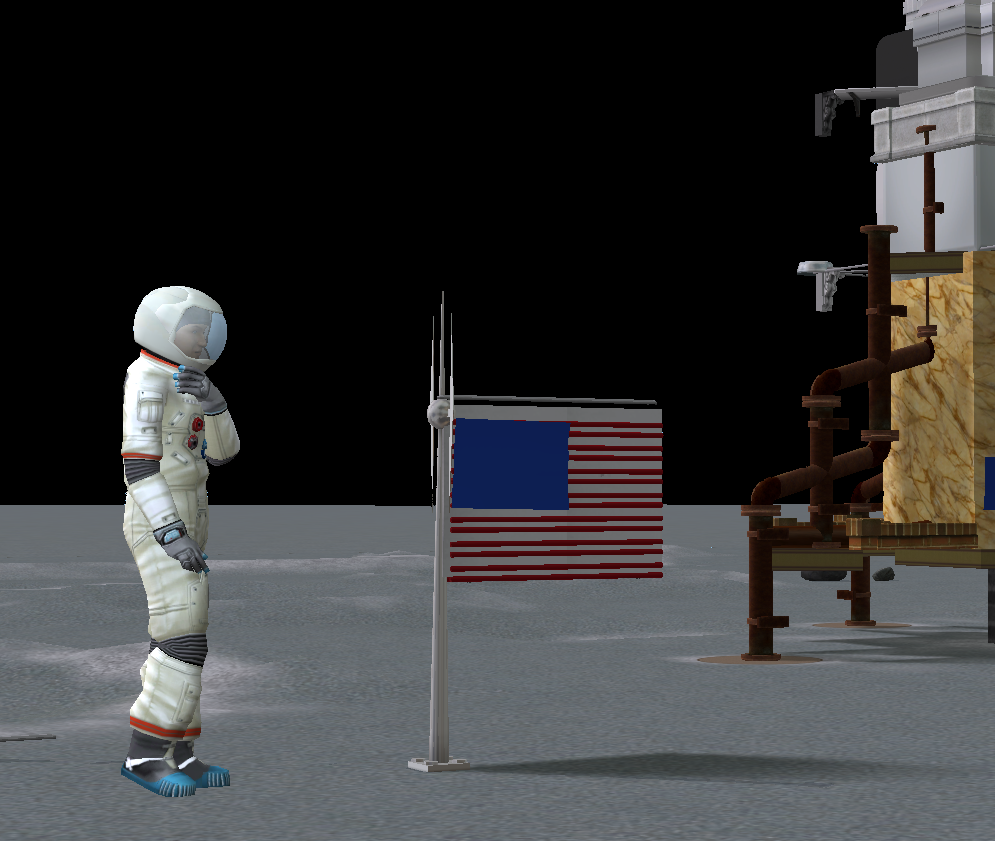
20 minutes later, Aldrin had joined Armstrong on the Lunar surface. With only a short 2 - hour EVA scheduled for this first landing, the two astronauts worked quickly to gather samples for researchers back on Earth and set up scientific experiments like the Laser Ranging Retro-Reflector (LRRR) which is still used to this day to measure the exact distance from the Earth to the Moon. During this time the Armstrong and Aldrin spoke via telephone-radio transmission to President Nixon in the White House.
Because of the lack of any major issues with their health or their work, Mission Control granted the astronauts a 15-minute extension to their EVA. All too quickly though, the astronauts had to return to the Eagle, Aldrin returning first to stow all the samples and equipment that would be returned to the Earth, and at 01:09:32 July 21, Armstrong left the Lunar surface and returned to the LEM. One of the last acts they did before closing the hatch was to leave behind a small package of symbolic items, including an Apollo 1 mission patch to honor Gus Grissom, Ed White, and Roger Chaffee, who had been killed in a fire during a ground test of the Command module in 1967, and memorial medals for deceased Soviet cosmonauts Yuri Gagarin and Vladimir Komarov, as well as a golden replica of an olive branch, a traditional symbol of peace. The astronauts had a period of about 7 hours rest while still on the Lunar surface, and then at 13:54:00 July 21, the LEM ascent engine fired, and the Eagle departed Tranquility Base.
Despite being only a fraction of the size of the Saturn V that was required to leave Earth's gravity well at the beginning of the mission, the Lunar Module was more than powerful enough to return the Eagle to Lunar orbit. However, the descent engine was used only on landing, and so the LEM was designed to separate upon ascent, with the golden descent stage to which the landing struts and the main descent engine were attached remaining behind. Only the small black-and-white ascent stage left the Moon's surface to rendezvous with the orbiting Columbia.
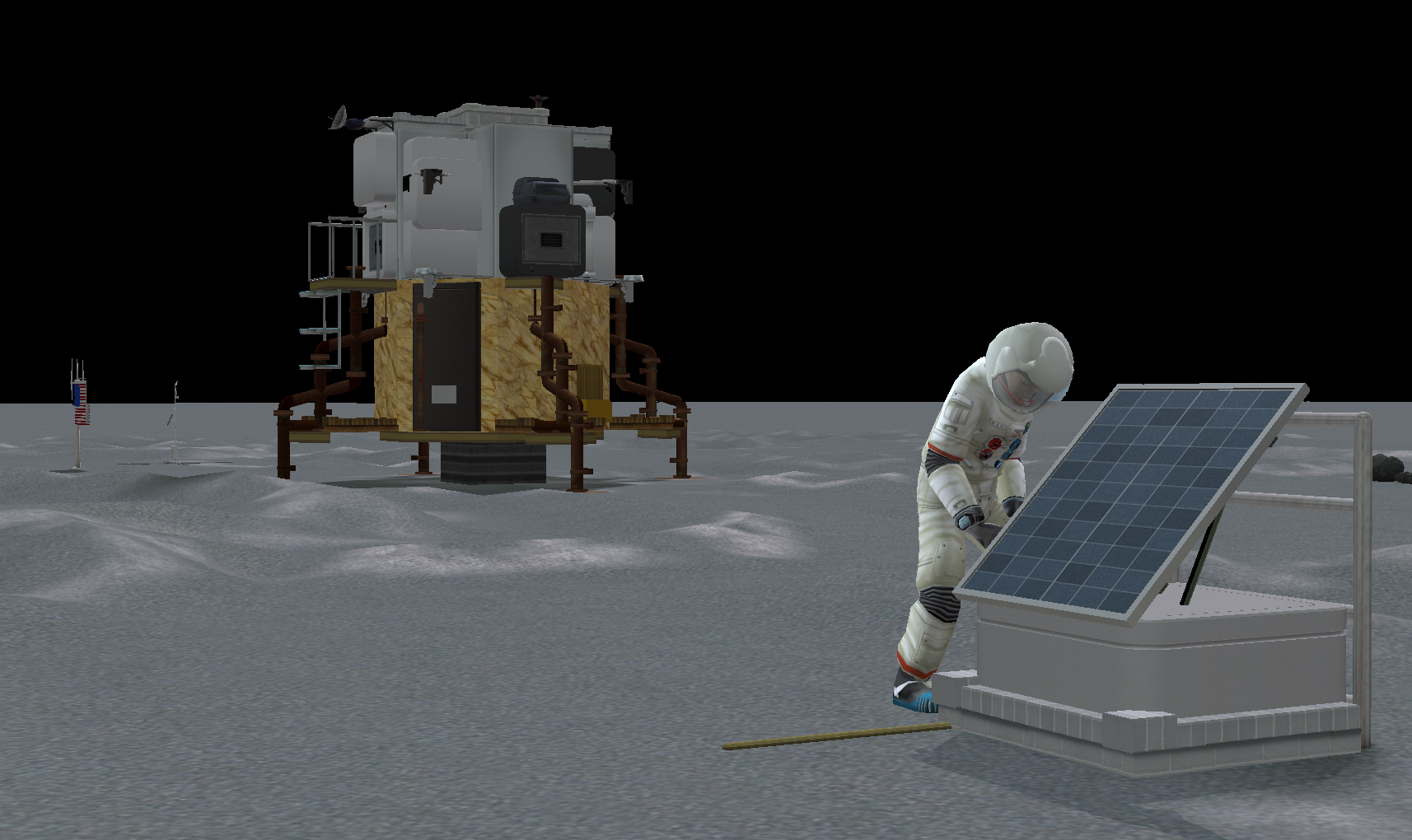
Almost exactly 3 1/2 hours after liftoff from the Lunar surface, the Eagle rejoined Columbia and the two spacecraft once again docked, allowing Armstrong and Aldrin to rejoin Collins in the Command Module. They transferred the Lunar samples and scientific equipment from the Eagle to Columbia, and shortly thereafter, the Lunar Module was once again separated from the CSM, this time without any crew aboard. As the LEM was not designed for use in atmosphere, there was no way for it to be returned to the Earth, and therefore it was left behind in Lunar orbit, eventually crashing down on the Moon far below.
The CSM fired its main engine and accelerated out of Lunar orbit to return towards the Earth, nearly a quarter of a million miles distant. For the next three days, Armstrong, Collins, and Aldrin saw the Moon gradually receding behind them, as the blue-and-white crescent of the Earth grew steadily larger. Shortly before reaching the Earth's atmosphere, the Service Module was jettisoned, as it too would be unable to safely reenter, leaving just the small cone of Columbia with the astronauts inside to return to the Earth.
At 12:35:05 on July 24, the Command Module entered Earth's atmosphere at 36,194 feet/second (nearly 25,000 mph), and the air compressed in front of the spacecraft quickly began to glow as it was superheated into a plasma. For the next 3 minutes and 34 seconds, the spacecraft was in a communications blackout, as the 4,000-degree plasma prevented any signals from being received or transmitted by the astronauts until it reached the lower atmosphere. After what must have been one of the longest 3 1/2 minutes of their lives for Mission Control, Columbia once again made contact with Houston, and several minutes later, successfully deployed three massive parachutes, slowing the spacecraft even further. At 12:50:35 on July 24, 1969, Columbia splashed down into the sparkling waters of the Central Pacific, fulfilling the late President Kennedy's vision from 1962.
| I believe that this nation should commit itself to achieving the goal, before this decade is out, of landing a man on the Moon, and returning him safely to the Earth. |
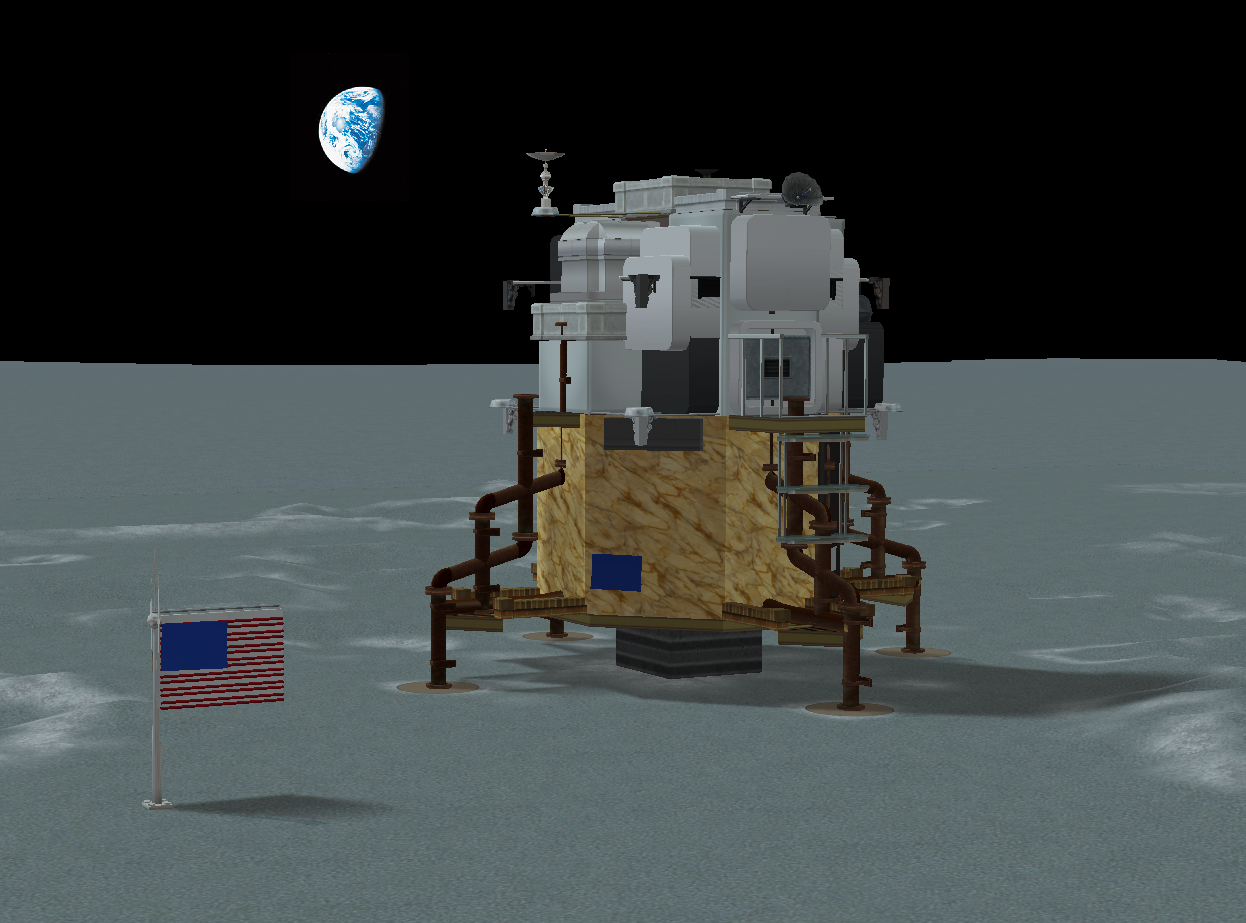
So that gives you a pretty thorough overview of the mission of Apollo 11, but what about this lot? Well, the reason I talked about the actual mission instead of this lot is that there's really nothing to it... There's nothing for your Sims to do, no reason for them to visit, nothing! In all honesty, after having spent most of the last few weeks obsessing over the 50th anniversary of the Apollo 11 Moon landing, I just wanted to see if I could recreate the LEM for my own entertainment. But, since several people have said that they enjoy picking apart my creations to get ideas, I figure it might be worth uploading for at least a few of you! (Plus, I couldn't stand not submitting something related to NASA and the early days of the space program for this month's theme! 1969 is Mid-Century, after all!
I did my best to make this an accurate recreation of Tranquility Base as it would have appeared just before Neil Armstrong and Buzz Aldrin left the surface to return to the orbiting Columbia- the scientific equipment is as good of an approximation as the game allows, the craters scarring the Lunar surface are as near a match as I could get them from the maps that exist of the site (with a bit of artistic license to make it work in-game), and even the shadows are pointed in the right direction (roughly) to match up with the photos taken by the Apollo astronauts while they were there.
The pictures attached are from a clone, so the lot as uploaded has never been visited by Sims and should be clean and free of any glitches. I just didn't feel right taking pictures of it without any astronauts walking on that magnificent, desolate surface though, since that was kind of the whole point of the mission, after all! Thank you to @Psychosim for the unlocked Maxis space suits and helmets- they really complete the effect, I think you'll agree!
While it's a big lot, there's essentially nothing on most of it, so it should play fairly quickly, and actually is fairly cheap as well, at only $61,391 (a far cry from the $25B spent on the real Apollo program- money well spent, in my opinion). Like I mentioned before, there is really nothing to do on this lot- both the descent and ascent stages of the LEM are CFE'd down considerably, so even if they weren't packed full of the odd ends of the shelves and BBQ grills I used to make the exterior look right, your Sims wouldn't actually be able to go inside. About the only thing I can think of that you might use this lot for (other than stealing ideas from me, which, feel free!) is as a set for photo shoots, kind of like I did here (I actually tried to copy some of the real photos taken by Neil Armstrong where I could- if you compare them with the real photos, you might be able to tell!).
Since there's nothing that "works" on this lot, I can't really imagine you'll find anything that "doesn't" work for you, but if you somehow still do, let me know and I'll see if I can troubleshoot things a bit. I will say that you do need all EPs and SPs for this lot to work properly though, since I'm pretty sure I used at least one thing from all of them... sorry.
I really can't say enough good things about the Apollo program... it truly is incredible. To those of you old enough to remember witnessing that first small step, I will always be jealous. To those of you my age and younger, let's take that next step soon, shall we?
Lot Size: 5x6
Lot Price (furnished): $61,391
|
Tranquility Base.zip
Download
Uploaded: 28th Jul 2019, 703.5 KB.
426 downloads.
|
||||||||
| For a detailed look at individual files, see the Information tab. | ||||||||
Install Instructions
1. Download: Click the download link to save the .rar or .zip file(s) to your computer.
2. Extract the zip, rar, or 7z file.
3. Install: Double-click on the .sims2pack file to install its contents to your game. The files will automatically be installed to the proper location(s).
- You may want to use the Sims2Pack Clean Installer instead of the game's installer, which will let you install sims and pets which may otherwise give errors about needing expansion packs. It also lets you choose what included content to install. Do NOT use Clean Installer to get around this error with lots and houses as that can cause your game to crash when attempting to use that lot. Get S2PCI here: Clean Installer Official Site.
- For a full, complete guide to downloading complete with pictures and more information, see: Game Help: Downloading for Fracking Idiots.
- Custom content not showing up in the game? See: Game Help: Getting Custom Content to Show Up.
Loading comments, please wait...
Uploaded: 28th Jul 2019 at 11:48 PM
Updated: 29th Jul 2019 at 2:43 AM
#themeMidCentury, #No cc, #Apollo, #Apollo 11, #moon, #lunar, #rocket, #spaceship, #spacecraft, #NASA, #astronaut, #USA, #1969, #luna, #space, #planet, #neil Armstrong, #buzz aldrin, #Michael Collins, #stars, #liftoff, #tranquility base, #eagle, #Columbia, #space race, #science, #a
-
by LadyAngel 20th Nov 2010 at 3:59pm
 8
30.3k
40
8
30.3k
40
-
by LadyAngel 27th Nov 2010 at 5:17pm
 9
14.8k
14
9
14.8k
14
-
Galileo Station - Mars Mission Base - NO CC
by Zarathustra updated 2nd Jun 2016 at 7:52am
 +17 packs
36 27.2k 98
+17 packs
36 27.2k 98 Happy Holiday
Happy Holiday
 Family Fun
Family Fun
 University
University
 Glamour Life
Glamour Life
 Nightlife
Nightlife
 Celebration
Celebration
 Open for Business
Open for Business
 Pets
Pets
 H&M Fashion
H&M Fashion
 Teen Style
Teen Style
 Seasons
Seasons
 Kitchen & Bath
Kitchen & Bath
 Bon Voyage
Bon Voyage
 Free Time
Free Time
 Ikea Home
Ikea Home
 Apartment Life
Apartment Life
 Mansion and Garden
Mansion and Garden
-
Apollo 11 - Saturn V Rocket - NO CC
by Zarathustra updated 2nd Jun 2016 at 4:53am
 +17 packs
27 15.9k 49
+17 packs
27 15.9k 49 Happy Holiday
Happy Holiday
 Family Fun
Family Fun
 University
University
 Glamour Life
Glamour Life
 Nightlife
Nightlife
 Celebration
Celebration
 Open for Business
Open for Business
 Pets
Pets
 H&M Fashion
H&M Fashion
 Teen Style
Teen Style
 Seasons
Seasons
 Kitchen & Bath
Kitchen & Bath
 Bon Voyage
Bon Voyage
 Free Time
Free Time
 Ikea Home
Ikea Home
 Apartment Life
Apartment Life
 Mansion and Garden
Mansion and Garden
-
International Space Station - NO CC
by Zarathustra updated 1st Jun 2016 at 4:54am
 +17 packs
32 29.2k 82
+17 packs
32 29.2k 82 Happy Holiday
Happy Holiday
 Family Fun
Family Fun
 University
University
 Glamour Life
Glamour Life
 Nightlife
Nightlife
 Celebration
Celebration
 Open for Business
Open for Business
 Pets
Pets
 H&M Fashion
H&M Fashion
 Teen Style
Teen Style
 Seasons
Seasons
 Kitchen & Bath
Kitchen & Bath
 Bon Voyage
Bon Voyage
 Free Time
Free Time
 Ikea Home
Ikea Home
 Apartment Life
Apartment Life
 Mansion and Garden
Mansion and Garden
-
Empty Martian Colonization Domes - 4 Empty Domes - NO CC
by Zarathustra updated 31st May 2016 at 8:08pm
 +17 packs
20 16.7k 25
+17 packs
20 16.7k 25 Happy Holiday
Happy Holiday
 Family Fun
Family Fun
 University
University
 Glamour Life
Glamour Life
 Nightlife
Nightlife
 Celebration
Celebration
 Open for Business
Open for Business
 Pets
Pets
 H&M Fashion
H&M Fashion
 Teen Style
Teen Style
 Seasons
Seasons
 Kitchen & Bath
Kitchen & Bath
 Bon Voyage
Bon Voyage
 Free Time
Free Time
 Ikea Home
Ikea Home
 Apartment Life
Apartment Life
 Mansion and Garden
Mansion and Garden
-
Consolidated Corporate HQ - NO CC
by Zarathustra 21st Dec 2020 at 2:11am
Ever wondered where your Sims in the Business career track disappear to during the workday? Wonder no longer! more...
 +17 packs
18 6.7k 24
+17 packs
18 6.7k 24 Happy Holiday
Happy Holiday
 Family Fun
Family Fun
 University
University
 Glamour Life
Glamour Life
 Nightlife
Nightlife
 Celebration
Celebration
 Open for Business
Open for Business
 Pets
Pets
 H&M Fashion
H&M Fashion
 Teen Style
Teen Style
 Seasons
Seasons
 Kitchen & Bath
Kitchen & Bath
 Bon Voyage
Bon Voyage
 Free Time
Free Time
 Ikea Home
Ikea Home
 Apartment Life
Apartment Life
 Mansion and Garden
Mansion and Garden
-
Noveaux Artiste Highrise- CityVille Series
by Zarathustra 29th Jan 2014 at 7:44pm
This colorful modern skyscraper is the perfect residence for today's aspiring artists or performers. more...
 +15 packs
8 8.8k 16
+15 packs
8 8.8k 16 University
University
 Glamour Life
Glamour Life
 Nightlife
Nightlife
 Celebration
Celebration
 Open for Business
Open for Business
 Pets
Pets
 H&M Fashion
H&M Fashion
 Teen Style
Teen Style
 Seasons
Seasons
 Kitchen & Bath
Kitchen & Bath
 Bon Voyage
Bon Voyage
 Free Time
Free Time
 Ikea Home
Ikea Home
 Apartment Life
Apartment Life
 Mansion and Garden
Mansion and Garden
-
by Zarathustra updated 3rd Jun 2016 at 7:28am
A razor-thin lot that still has everything you'll need for a life of luxury. (I make small lots too!) more...
 +17 packs
9 12.9k 42
+17 packs
9 12.9k 42 Happy Holiday
Happy Holiday
 Family Fun
Family Fun
 University
University
 Glamour Life
Glamour Life
 Nightlife
Nightlife
 Celebration
Celebration
 Open for Business
Open for Business
 Pets
Pets
 H&M Fashion
H&M Fashion
 Teen Style
Teen Style
 Seasons
Seasons
 Kitchen & Bath
Kitchen & Bath
 Bon Voyage
Bon Voyage
 Free Time
Free Time
 Ikea Home
Ikea Home
 Apartment Life
Apartment Life
 Mansion and Garden
Mansion and Garden
-
Schinasi Mansion - June's House (+Neal's Apt) in White Collar - NO CC
by Zarathustra updated 3rd Jun 2016 at 6:25am
An NYC landmark, this lot incorporates both the real Schinasi Mansion, and Neal Caffrey's apartment from White Collar. more...
 +17 packs
15 30.3k 71
+17 packs
15 30.3k 71 Happy Holiday
Happy Holiday
 Family Fun
Family Fun
 University
University
 Glamour Life
Glamour Life
 Nightlife
Nightlife
 Celebration
Celebration
 Open for Business
Open for Business
 Pets
Pets
 H&M Fashion
H&M Fashion
 Teen Style
Teen Style
 Seasons
Seasons
 Kitchen & Bath
Kitchen & Bath
 Bon Voyage
Bon Voyage
 Free Time
Free Time
 Ikea Home
Ikea Home
 Apartment Life
Apartment Life
 Mansion and Garden
Mansion and Garden
-
by Zarathustra 23rd May 2023 at 3:04am
 +17 packs
16 9.7k 41
+17 packs
16 9.7k 41 Happy Holiday
Happy Holiday
 Family Fun
Family Fun
 University
University
 Glamour Life
Glamour Life
 Nightlife
Nightlife
 Celebration
Celebration
 Open for Business
Open for Business
 Pets
Pets
 H&M Fashion
H&M Fashion
 Teen Style
Teen Style
 Seasons
Seasons
 Kitchen & Bath
Kitchen & Bath
 Bon Voyage
Bon Voyage
 Free Time
Free Time
 Ikea Home
Ikea Home
 Apartment Life
Apartment Life
 Mansion and Garden
Mansion and Garden
-
La Posada Hotel & Harvey House, Winslow Arizona - NO CC
by Zarathustra 5th Apr 2014 at 8:29pm
The La Posada is one of the last and most elaborate Harvey Houses to grace the southwestern United States. more...
 +15 packs
6 9.7k 22
+15 packs
6 9.7k 22 University
University
 Glamour Life
Glamour Life
 Nightlife
Nightlife
 Celebration
Celebration
 Open for Business
Open for Business
 Pets
Pets
 H&M Fashion
H&M Fashion
 Teen Style
Teen Style
 Seasons
Seasons
 Kitchen & Bath
Kitchen & Bath
 Bon Voyage
Bon Voyage
 Free Time
Free Time
 Ikea Home
Ikea Home
 Apartment Life
Apartment Life
 Mansion and Garden
Mansion and Garden
-
Bainbridge Place (Based on Russell Investments Center, Seattle) - NO CC
by Zarathustra updated 3rd Jun 2016 at 7:31am
From the era of concrete and glass superstructures, another towering block of apartments to grace your city's skyline. more...
 +17 packs
10 19.9k 49
+17 packs
10 19.9k 49 Happy Holiday
Happy Holiday
 Family Fun
Family Fun
 University
University
 Glamour Life
Glamour Life
 Nightlife
Nightlife
 Celebration
Celebration
 Open for Business
Open for Business
 Pets
Pets
 H&M Fashion
H&M Fashion
 Teen Style
Teen Style
 Seasons
Seasons
 Kitchen & Bath
Kitchen & Bath
 Bon Voyage
Bon Voyage
 Free Time
Free Time
 Ikea Home
Ikea Home
 Apartment Life
Apartment Life
 Mansion and Garden
Mansion and Garden
-
Warner's Nursery & Landscape Co. - Flagstaff, AZ - NO CC
by Zarathustra updated 3rd Jun 2016 at 5:19am
A ready-to-go garden nursery for your business-minded Sims who want a store suited to their green thumbs. more...
 +17 packs
10 18.7k 70
+17 packs
10 18.7k 70 Happy Holiday
Happy Holiday
 Family Fun
Family Fun
 University
University
 Glamour Life
Glamour Life
 Nightlife
Nightlife
 Celebration
Celebration
 Open for Business
Open for Business
 Pets
Pets
 H&M Fashion
H&M Fashion
 Teen Style
Teen Style
 Seasons
Seasons
 Kitchen & Bath
Kitchen & Bath
 Bon Voyage
Bon Voyage
 Free Time
Free Time
 Ikea Home
Ikea Home
 Apartment Life
Apartment Life
 Mansion and Garden
Mansion and Garden
-
X-Men Mansion - Charles Xavier's School for Gifted Youngsters - NO CC
by Zarathustra 31st May 2014 at 2:00pm
An elite private school to the public, this family mansion houses an elaborate superhero training facility and headquarters. more...
 +15 packs
32 42.5k 102
+15 packs
32 42.5k 102 University
University
 Glamour Life
Glamour Life
 Nightlife
Nightlife
 Celebration
Celebration
 Open for Business
Open for Business
 Pets
Pets
 H&M Fashion
H&M Fashion
 Teen Style
Teen Style
 Seasons
Seasons
 Kitchen & Bath
Kitchen & Bath
 Bon Voyage
Bon Voyage
 Free Time
Free Time
 Ikea Home
Ikea Home
 Apartment Life
Apartment Life
 Mansion and Garden
Mansion and Garden
-
King Street Condos -CityVille Series: "Rocky Road Ice Cream"
by Zarathustra 27th Jan 2014 at 12:21pm
A shorter and more family friendly addition to your bustling Downtown neighborhood. more...
 +15 packs
2 7.2k 17
+15 packs
2 7.2k 17 University
University
 Glamour Life
Glamour Life
 Nightlife
Nightlife
 Celebration
Celebration
 Open for Business
Open for Business
 Pets
Pets
 H&M Fashion
H&M Fashion
 Teen Style
Teen Style
 Seasons
Seasons
 Kitchen & Bath
Kitchen & Bath
 Bon Voyage
Bon Voyage
 Free Time
Free Time
 Ikea Home
Ikea Home
 Apartment Life
Apartment Life
 Mansion and Garden
Mansion and Garden
Packs Needed
| Base Game | |
|---|---|
 | Sims 2 |
| Expansion Pack | |
|---|---|
 | University |
 | Nightlife |
 | Open for Business |
 | Pets |
 | Seasons |
 | Bon Voyage |
 | Free Time |
 | Apartment Life |
| Stuff Pack | |
|---|---|
 | Happy Holiday |
 | Family Fun |
 | Glamour Life |
 | Celebration |
 | H&M Fashion |
 | Teen Style |
 | Kitchen & Bath |
 | Ikea Home |
 | Mansion and Garden |
About Me
You might call me a CC-atheist. While I'll use every cheat code in the book, I won't use anything that Maxis didn't ship with the game in one fashion or another. Ergo, you can rest assured that all my lots are CC-free.
Some creators describe themselves as constantly juggling projects. I suppose I do that too, except I'm really really bad at juggling, so I just throw lots of projects as high as I can, and sometimes forget all about them until they come crashing down on my head!
I won't *exactly* do requests, but since I pivot from lot to lot constantly, if there's a place you hope to see from me, there's a good chance that I've already started it! I make no promises, but feel free to ask about lots you want to see- you might inspire me to finish something!
My lots are my own work- I put a lot of effort into them, so have fun with them, use them for storytelling or making Sim movies, but please don't reupload them, in whole or in part, anywhere, including here on MTS!
One day I will rule the world with an iron fist and all will kneel before me.

 Sign in to Mod The Sims
Sign in to Mod The Sims Apollo 11 - Tranquility Base - NO CC
Apollo 11 - Tranquility Base - NO CC
